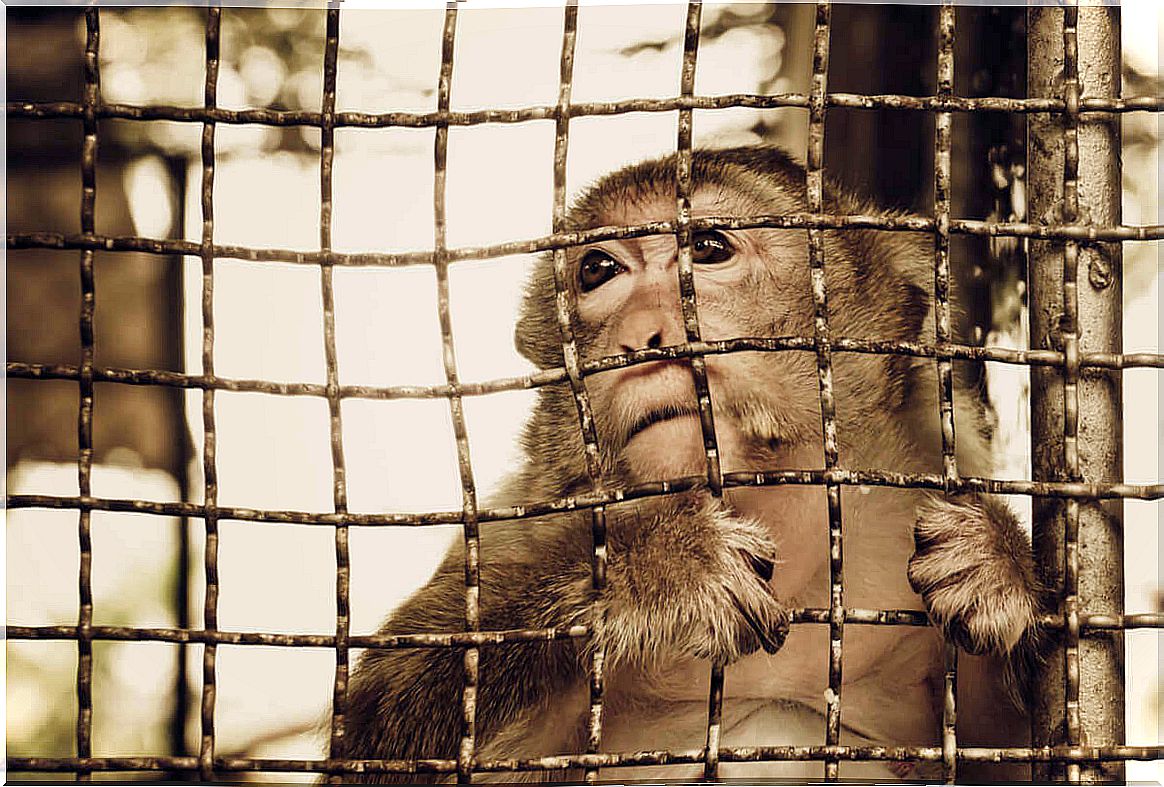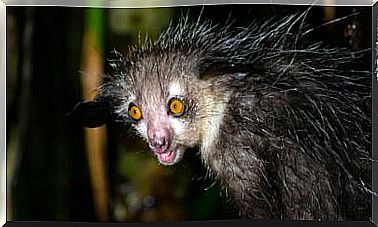The Effects Of Illegal Trade On Animal Species

Unfortunately, the effects of illegal trade on animal species are devastating. Therefore, we are always looking for new ways to fight it and deter those who practice it.
Would you be able to tell what the effects of this abuse are on the species? And its repercussions for fauna and flora? Next, we’ll delve into illegal trade and how it’s fought, as we’ll show you a practical example in the form of news.
Using Bait to Trace Illegal Trade
In October 2020, encouraging news emerged for the fight against illegal trade. The story tells how the prohibited sale of turtle eggs in Costa Rica was traced , from thieves to consumers.
It’s best to start at the beginning: using fake green turtle eggs as bait. To create these realistic imitations, called InvestEggators, a 3D printer was used.
After they were made, they were strategically placed among 101 turtle nests, located on four different beaches. Of all of them, it is estimated that a quarter of the eggs were stolen.
The trick lies in the fact that these eggs included a GPS tracker that, in some cases, made it possible to track the route taken. This was because the lures were programmed to transmit their exact position every hour.
However, some failed when they were taken to areas with no signal and others failed to deceive the thieves. However, in many cases, it was possible to identify the passage from the thief to the dealer and from the latter to the consumer.
As a result, law enforcement was able to track down the eggs in order to dismantle illegal trade networks and toughen the penalties imposed on criminals. Even so, it was determined that a large part of these products of animal origin should remain in the local communities and, therefore, they will invest in awareness.
In addition, some of the GPS-enabled eggs were taken to the interior of the country, while others traveled abroad. On the other hand, experts found that the embryos in incubation did not suffer any damage from the use of baits.

Some details about illegal trade
First, illegal trade is “the sale of any goods prohibited in the country”. Also known as the black market, it involves both fauna and flora from around the world.
The illegal commercialization of fauna and flora is a business of which records exist since the year 10 000 a. C. This illegal economic activity is immensely profitable and has caused numerous species of animals and plants to be removed from their habitat.
What are its effects on species?
The consequences of illegal trade are multiple, since it is not only the displaced species that are affected, as many of them are released into the wild when their guardians are unable to continue taking care of them.
This may seem like good news, but it couldn’t be further from reality: in this way, native living beings in the area could be threatened by these invasive species. The impacts caused by these species were observed in all ecosystems in the world:
- Predation : it has been observed that invasive raccoons feed on different animals and plants, such as crayfish, turtle eggs, water birds or fruits and grains, among others.
- Competition : fighting for resources, such as between the striated turtle and the red-eared turtle.
- Hybridization : Genetic hybridization, if it takes place for a long time, involves long-term loss of species.
- Changes in ecosystems.
- Negative influence on flora: due to consumption, excavation, damage to plants or trees, as well as other damage. An example are birds, such as Monk Parakeets and their huge nests, which break the branches of trees.
- Transmission of diseases and/or parasites : the raccoon, despite its graceful mask, can transmit diseases such as rabies.
What are the techniques used to combat illegal trade?
As seen, the use of this technique through bait has allowed progress in the eradication of illegal trade. Despite this, the researchers of the aforementioned study concluded that several steps are needed to reach the real goal:
- Multiple conservation: application of different conservation techniques, both in situ and ex situ .
- Raising awareness early: for example, in Spain, a “Code of Conduct” was developed to avoid future problems with invasive fauna.
- Creation of new jobs: this way, people will not risk stealing the eggs to resell them and earn extra income.
- Law enforcement and improvement : Currently, laws against poaching of turtle eggs are very light. Greater legislative rigor is needed.
- Education on the role of invasive species: it is necessary to raise awareness not only to prevent illegal trade. We must also protect the native flora and fauna of each country.

So, as we can see, the effects of illegal trade are more serious and complex than previously thought. Commercial species are not only endangered, but can also harm native species in the region.
Therefore, we must fight this illegal trafficking of fauna and flora, starting with awareness and education. Only then can we end up with a business as lucrative as it is immoral.









